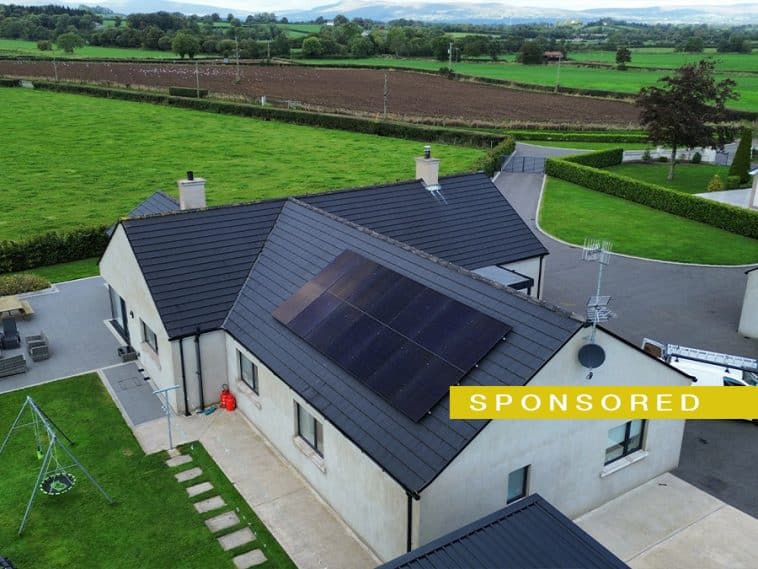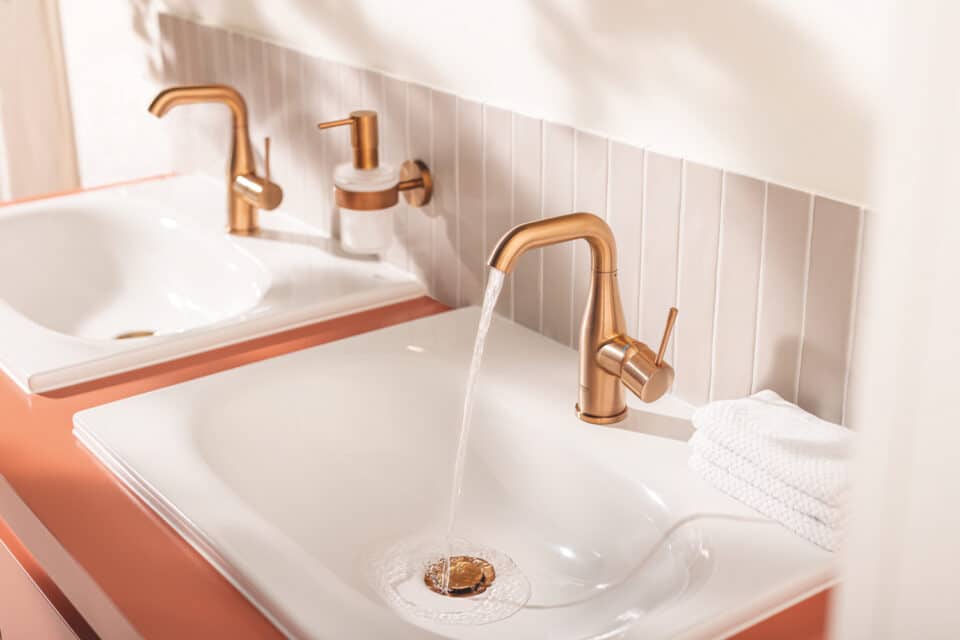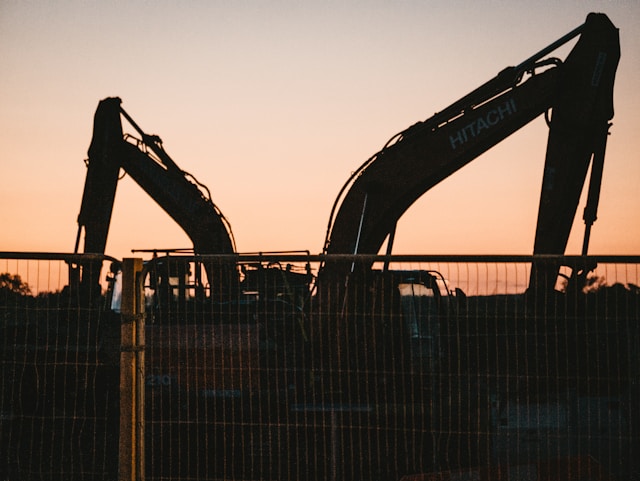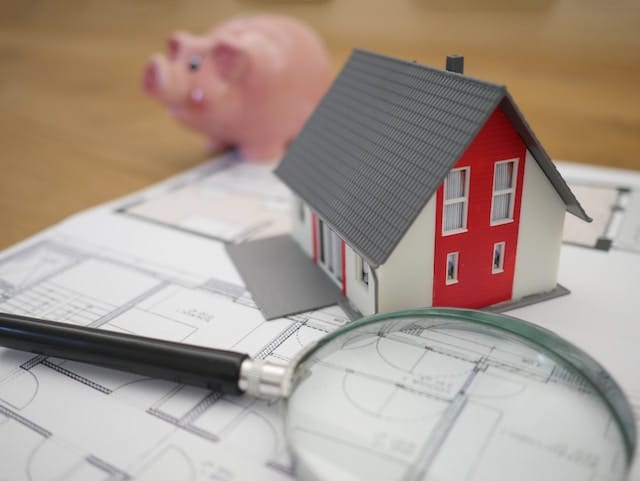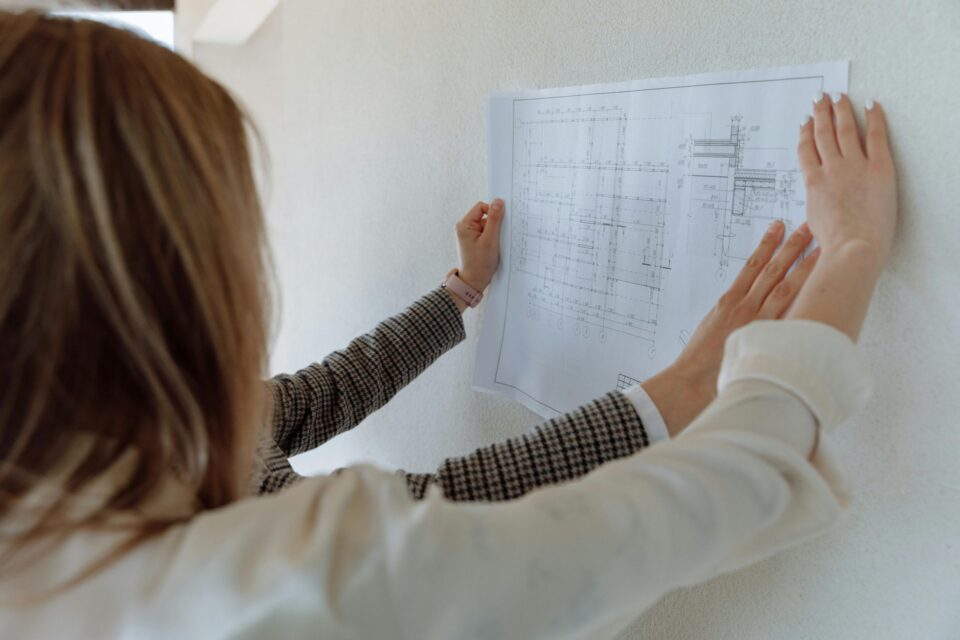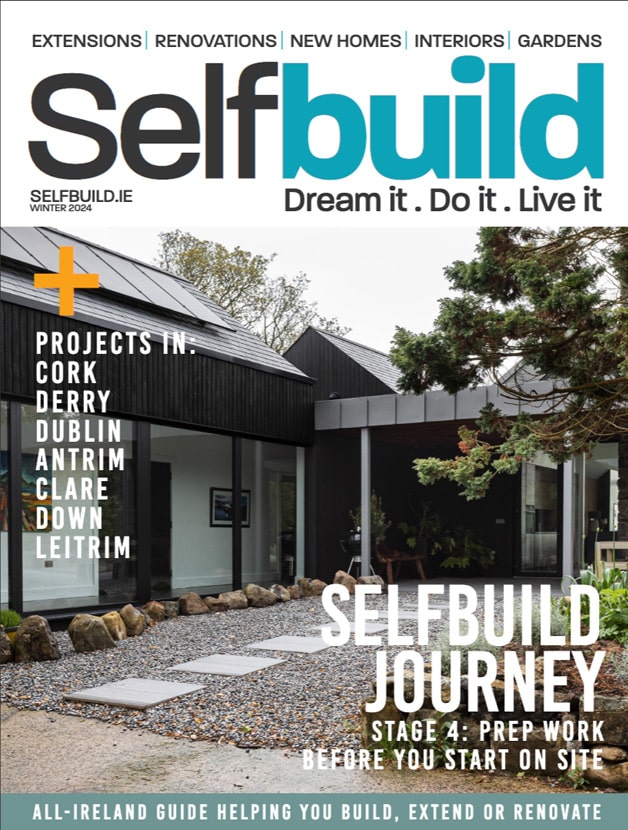Water and electricity connections need to be investigated early on, as applications can take a while to process.
You will need to contact the network operator to get connected.
For electricity it’s ESB Networks in ROI and NIE in NI. In NI the connection can be made by third party installers, but the final connection is still made by NIE which manages the network.
For water the network operator is Uisce Éireann in ROI and NI Water in NI.
The connection cost will include the standard utility connection fees plus any infrastructure that has to be built, e.g. a pole, both of which involve the network operator.
On your site, any work such as digging the trenches will be your responsibility and will usually come at the cost of hiring a groundworks tradesman to do this for you with a digger.
You will need water on site before you begin construction and, although not essential because generators can be used, an electricity supply will make life a lot easier during the build. Temporary connections may be worth considering but can represent an unnecessary cost. For example in ROI, a temporary builder’s connection comes with expensive commercial rates (cost per kWh higher than for domestic).
Alternatives for potable water include drilling a well or in ROI, connecting to a group water scheme. Quotes are fairly easily obtained but be mindful of the ongoing testing and associated maintenance costs that will be needed.
Also consider rainwater harvesting as a source of limescale-free water.
In the case of electricity, going off-grid remains prohibitively expensive for an average family home, starting around the £35K/€40K mark.
For those working from home, having access to fibre broadband can be just as essential; checking if there is a connection is quickest by asking neighbours if they have broadband. Many rural areas still aren’t fully connected.



